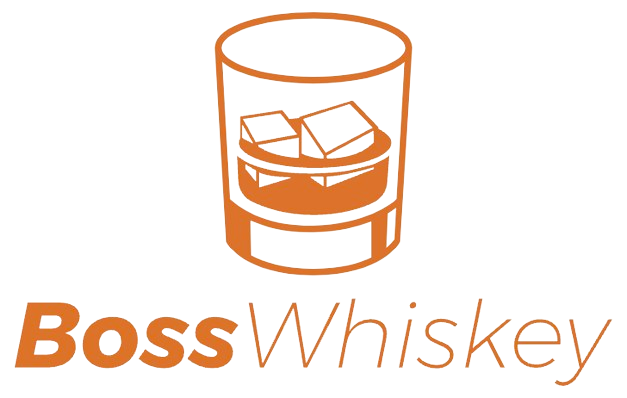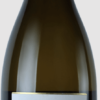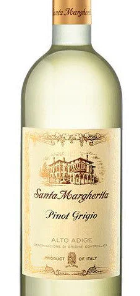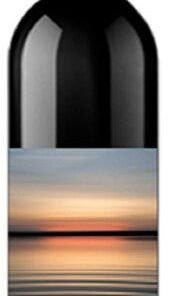2019 | Domaine Bernard Moreau | Chassagne-Montrachet $149.99
$149.99
White Wine: 2019 | Domaine Bernard Moreau | Chassagne-Montrachet
This is a powerful white Chassagne which benefits from one to two years in the bottle.
Order from the Largest & Most Trusted Premium Spirits Marketplace!
Featured in
ROLLING STONE
MEN’S JOURNAL
US WEEKLY
NOTICE: Many other small liquor store sites may end up cancelling your order due to the high demand, unavailability or inaccurate inventory counts. We have partnerships consisting of a large network of licensed retailers from within the United States, Europe and across the world ensuring orders are fulfilled.
Producer: Domaine Bernard Moreau
Ratings: WA | 90 JM | 93
Vintage: 2019
Size: 750ml
ABV: 13%
Varietal: Chardonnay
Country/Region: France, Burgundy
‘
Detailed Description
This is a powerful white Chassagne which benefits from one to two years in the bottle.
Reviews:
Wine Advocate: The 2019 Chassagne-Montrachet Village wafts from the glass with notes of orange oil, white flowers, Anjou pear, mint and nutmeg. Medium to full-bodied, satiny and layered, it’s bright and lively, with fine concentration, tangy acids and a nicely defined finish.
Jasper Morris: A large cuvée covering the whole appellation. It is a good feeling to be able to recommend a wine, which should be relatively easily findable in the market place. Pale lemon colour, a vibrant nose with some fresh apples alongside the riper fruit notes. Excellent balance here, nuanced, subtle, authoritative and long.
Producer Information
Domaine Bernard Moreau is an historic Burgundian estate based in the village of Chassagne-Montrachet in Burgundy’s Côte de Beaune subregion. The domaine is known for its opulent wines made from both the local flagship Chardonnay grape and from Pinot Noir. The history of the domaine goes back to 1809, when Auguste Moreau built a cellar near the Champs Gain vineyard and farmed a few hectares on the hillside. Most of the current vineyard holdings were added from the 1930s on under the stewardship of Marcel Moreau. Bernard Moreau took over the vineyards in the early 1960s at the age of 14, and in 1977, gave the estate his name. Today, his sons Alex and Benoît lead the business. Moreau owns 9 hectares (22 acres) of vineyards and farms another five hectares (12 acres) under contract. Most of this is in Chassagne-Montrachet, although there are also plots in Saint-Aubin and Volnay. The vines are old, yields are kept low and annual production only amounts to around 8000 cases. The portfolio spans village Chassagne-Montrachet in white and red, plus Bourgogne Chardonnay, Aligoté, Pinot Noir and Passetoutgrains. Winemaking is flexible and methods can vary depending on the fruit characteristics and how the wines are maturing. Wines are aged in French oak barrels for 12 to 20 months, with ten to 50 percent new oak, with the precise figures depending on the vineyard and vintage conditions. During this time the wines are not racked off their lees (whites undergo weekly lees stirring), and they are bottled without fining of filtration.




















